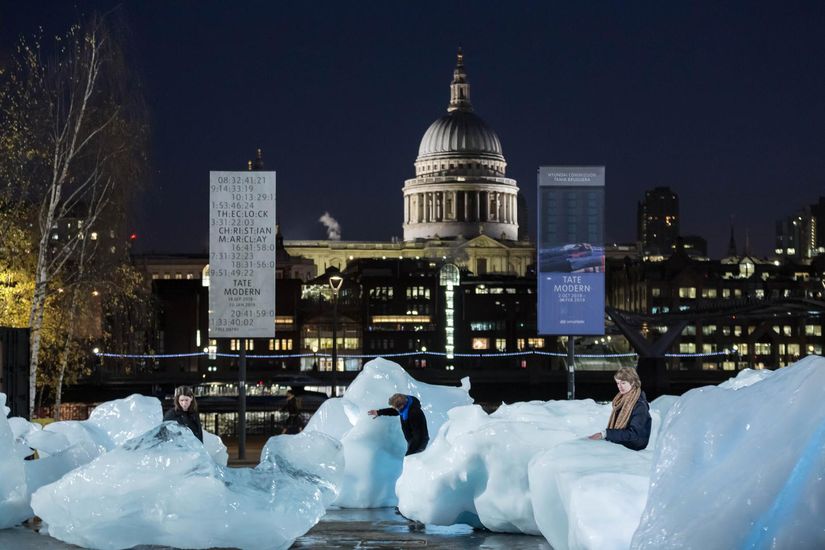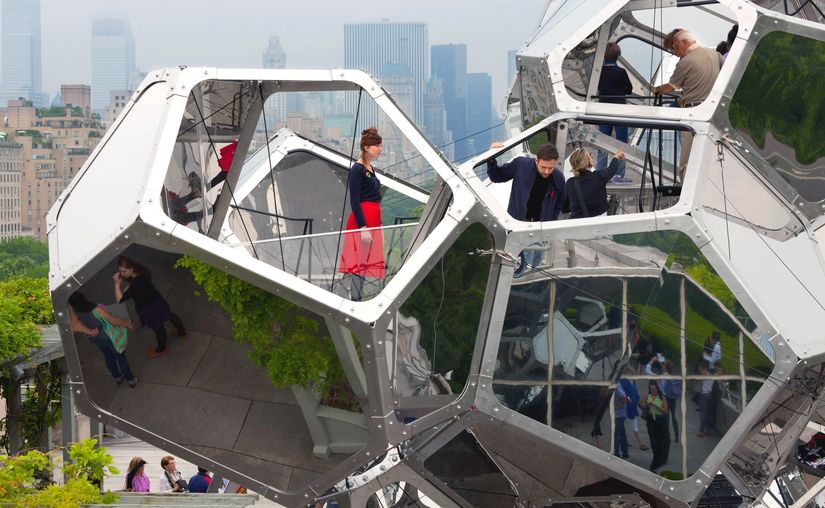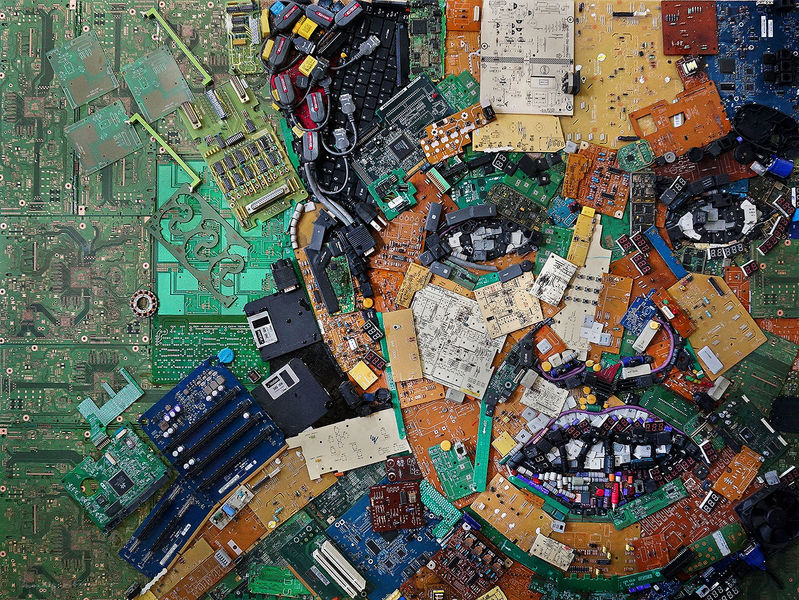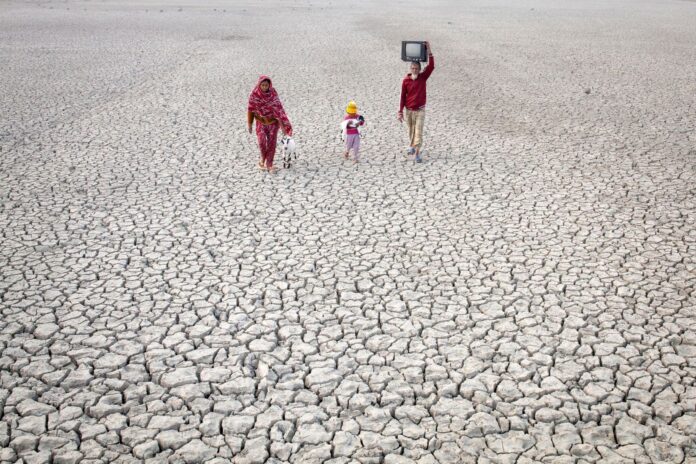Environmental consciousness refers to “psychological factors that determine consumer propensity for eco-friendly behavior. It is the willingness to become aware of environmental problems, to support efforts to solve environmental problems, and to personally commit and act to solve these problems.
Climate change and global warming, caused by man-made degradation of our planet, continue to be an ongoing challenge being faced at the global level. With rising sea levels and rising temperatures across our planet, various artists have used their artistic practice as a tool to explore broader socio-political issues caused by negative human impacts on the physical environment.
In this article, we are going to take a closer look at Nature-inspired Art and artists who shed light on the impact of climate change.
Such concerns related to global warming have been explored in a variety of ways, both conceptually and materially. Read on to learn more about how artists have addressed climate change in profound and innovative ways through their eco-friendly artworks.
Olafur Eliasson
Icelandic artist Olafur Eliasson’s immersive installations allow viewers to reconnect with the environment. Eliasson’s climate change art skillfully interweaves his artistic practice with deep socio-ecological undertones.
The viewer’s interaction and engagement in his renowned work, Ice Watch, serves as a metaphor for the interdependence between humans and nature. Here, the artist addressed the staggering impact of climate change and the need for urgent action.

Tomás Saraceno
Argentine artist Tomás Saraceno, best known for his large-scale installations and floating sculptures, has devoted much of his nature-inspired art to exploring environmental issues. In his various works, the artist explores alternative energy sources as a way to encourage people to live more environmentally friendly lifestyles.
In his famous ongoing series Cloud Cities (2002-present), Saraceno examines the symbiotic relationship between nature and humans.

Nor Tijan Firdaus
For Nor Tidjan Firdaus, materiality plays a key and important part in her climate change art practice as she addresses climate change issues. In Climate Change Is Real (2020), the Malaysian artist collects electronic waste, such as electronic components from resistors to transistors and inductors that would otherwise be discarded as the main material components of her work.
This work of art simultaneously hints at a society deeply dependent on technological gadgets and how unaware we are of the high levels of waste they produce as a result. Using electronic waste as the main means of expression, Nor Tidjan Firdaus creates a portrait of a naive and innocent child, collected by the very objects that modern society consumes. The stark composition creates a powerful reality for the viewer as they become openly aware of the larger role humanity plays in environmental destruction.


























